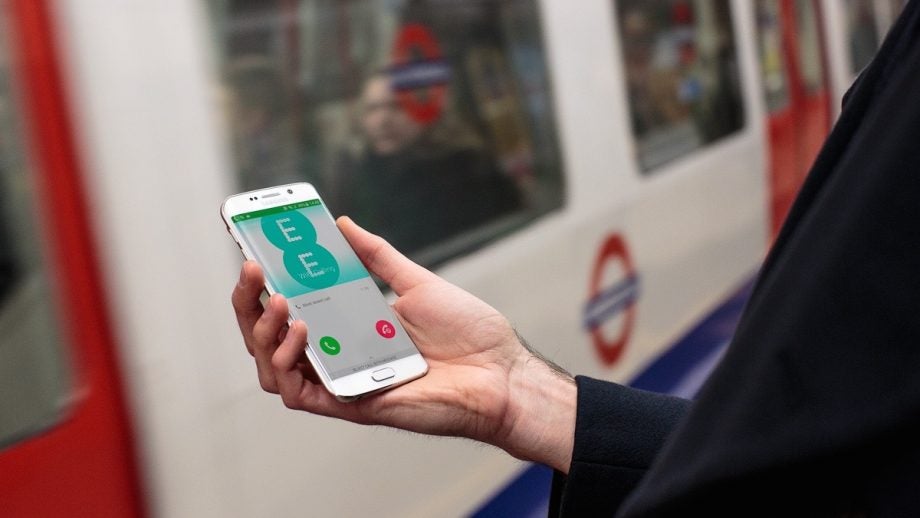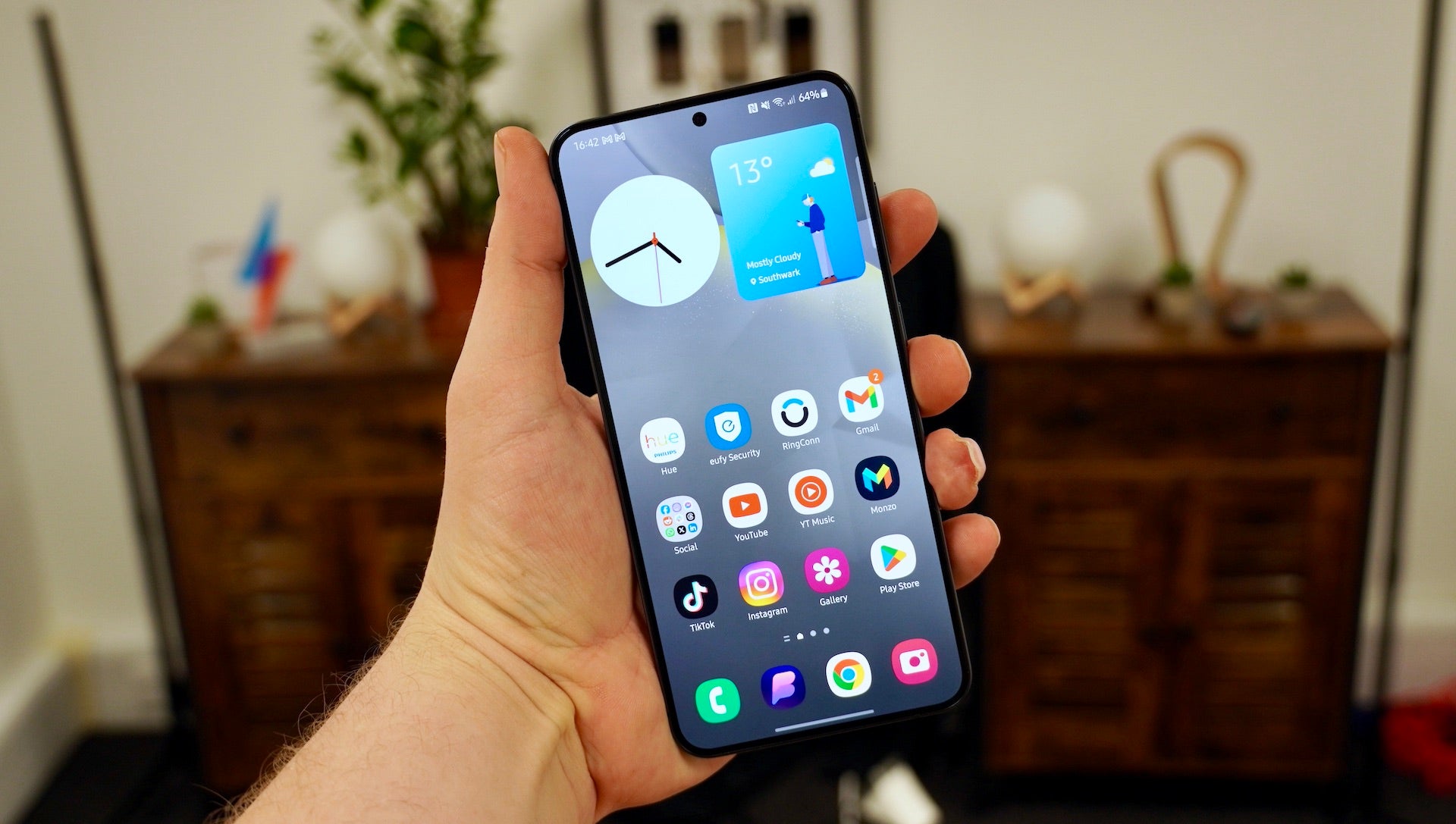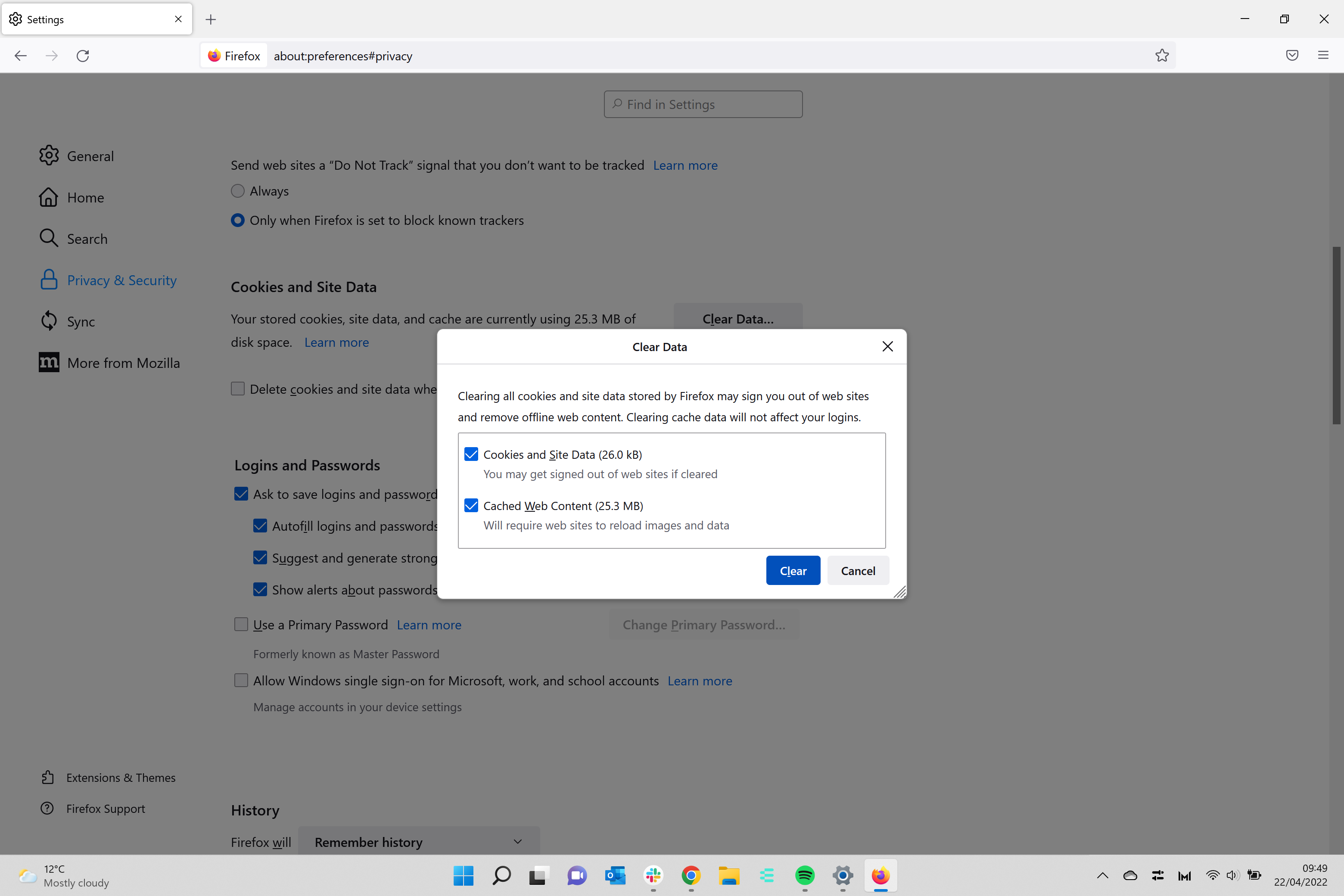What is Wi-Fi Calling? The mobile feature explained

You may have made thousands of phone calls through your mobile network over the years, but did you know you have another option when you lose signal?
Finding a reliable connection to make a call or send a text isn’t always easy – especially if you’re in a more remote location. This is where Wi-Fi Calling comes in.
Keep reading to learn everything you need to know about Wi-Fi Calling, including what it is, how it works and who can use it.
What is Wi-Fi Calling?
Wi-Fi Calling is a smartphone feature that utilises the Wi-Fi connection in your home, school, work or a public location, such as a coffee shop.
The feature allows you to make calls and send texts (with images) over Wi-Fi rather than relying on your mobile network, making it particularly useful when your network connection is patchy or unavailable.
Most mobile networks in the UK currently offer a version of Wi-Fi calling. This includes EE, O2, Vodafone and Three, among others.
How do I turn on Wi-Fi Calling?
Wi-Fi Calling works differently depending on which network you subscribe to, though most networks do require you to be a pay monthly user to access the feature at all.
Despite this caveat, Wi-Fi Calling shouldn’t cost any extra to use on top of your usual monthly contract. You do run the risk of being charged if you use it to make international calls outside of your plan, however. To avoid problems connecting overseas, you can always access Wi-Fi Calling through VoIP apps, like Skype, Signal or Viber.
So, how does it work for your network?
Vodafone users need to install the My Vodafone app to get started, while EE, O2 and Three users can find the feature ready to use on their devices. Wi-Fi calls use your regular phone number and can be virtually indistinguishable from regular calls for those subscribed to the latter three networks.
EE, O2 and Vodafone calls can even switch between Wi-Fi and 4G automatically depending on signal strength. This makes it possible to maintain a stable connection when you’re on the go or in public locations where the Wi-Fi is shared between many users.








